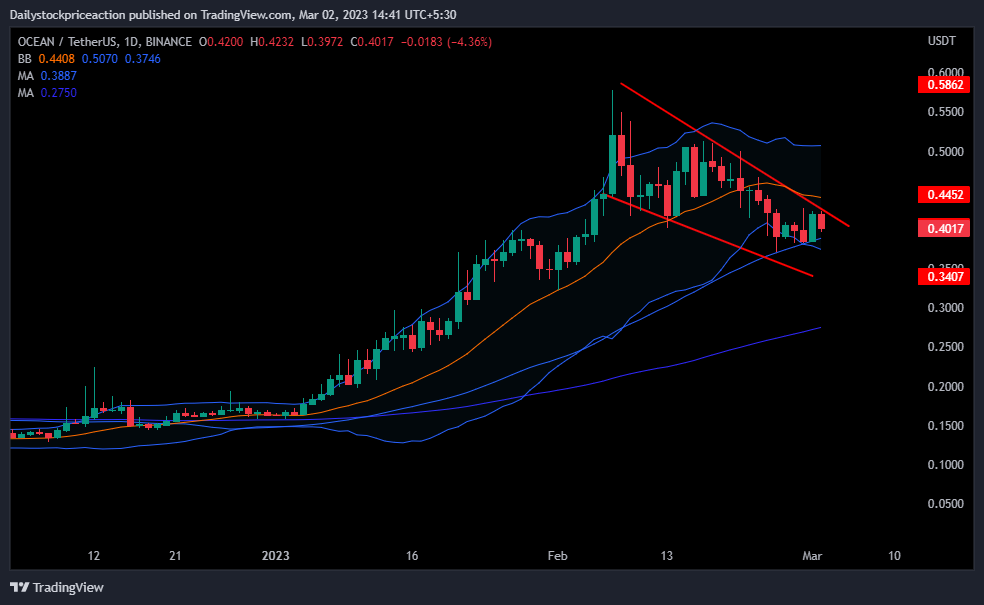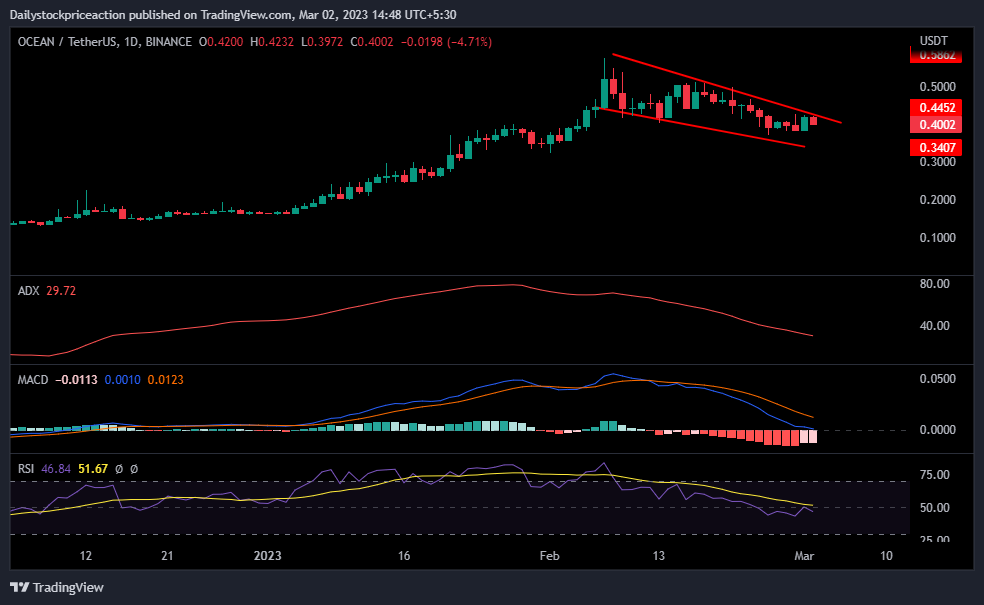Dubai-based crypto exchange Bybit plans to launch a new debit card on the Mastercard network to allow crypto payments in the U.S. and certain European states.
Bybit will convert customers’ balances of Bitcoin, Ether, USDC, USDT, or XRP to U.S. dollars or euros before payment.
Bybit Debit Card Attracts 0.9% Conversion Fee for Crypto Payments
Upon launch, the card will be available to residents of the U.K. and certain countries within the European Economic Area. Bybit requires a minimum crypto balance worth 10 pounds sterling or euros for crypto payments.
The card will first try to use fiat or convert the customers’ chosen crypto to fiat for payments. Bybit will charge a crypto conversion fee of 9% for crypto payments. Payments made in a foreign currency attract an extra 0.5% forex fee. Should the selected crypto asset’s balance not be sufficient, the transaction will be declined. The exchange will freeze customer funds until the merchant completes the transaction.

Bybit users applying for the card must link an email address and phone number to their Bybit account. This information will enable the use of Google Two Factor Authentication. Customers in the U.S. and certain European Economic Area countries must also submit a passport or an identity card and proof of address not older than three months to complete an identity verification process.

Binance launched a Mastercard debit card in Latin America in Jan. 2023 to enable Brailizan customers to pay at Mastercard-accepting merchants using 14 crypto assets.
Do Payment Networks Favor Centralized Stablecoins?
Stablecoins create a vital link between decentralized and the traditional finance worlds. They are pegged to the value of one unit of a specific fiat currency through algorithms using other cryptocurrencies or off-chain assets like government bonds.
Payment networks like Mastercard can redeem stablecoins that exchanges send for real-world currencies without needing to convert them to fiat currency. Notably, these networks favor issuers of centralized stablecoins rather than decentralized stablecoins.
Mastercard’s recent partnership with Web 3 firm Immersve allows users to pay for virtual and physical goods and services using Mastercard’s network. Users pay for purchases using crypto in self-custodial crypto wallets. After a successful transaction, the users’ crypto gets converted to the USDC stablecoin for fiat settlement on the Mastercard network.
A recent report suggested that Mastercard and Visa were “slamming the brakes” on their crypto assets, although Visa’s crypto head said they would continue pursuing projects related to stablecoin settlements.
Centralized issuers Tether and Circle maintain the value of their coins using fiat reserves.
Decentralized issuers, on the other hand, often maintain the value of their coins through arbitrage or over-collateralization algorithms. For example, to mint one DAI, the stablecoin issued by the decentralized protocol MakerDAO, you need to pledge more than $1 of ETH.
However, decentralized stablecoins can present a higher risk to payment networks than centralized coins because their weaknesses often only become evident during periods of market stress.
DAI lost its peg to the U.S. dollar during a March 2020 crash. It rose to $1.10, causing its issuer to introduce additional arbitrage mechanisms to help keep its peg. Decentralized stablecoin UST was knocked off its peg by several large transactions that stressed its algorithmic arbitrage mechanism over the weekend of May 7, 2022.
For Be[In]Crypto’s latest Bitcoin (BTC) analysis, click here.
 beincrypto.com
beincrypto.com